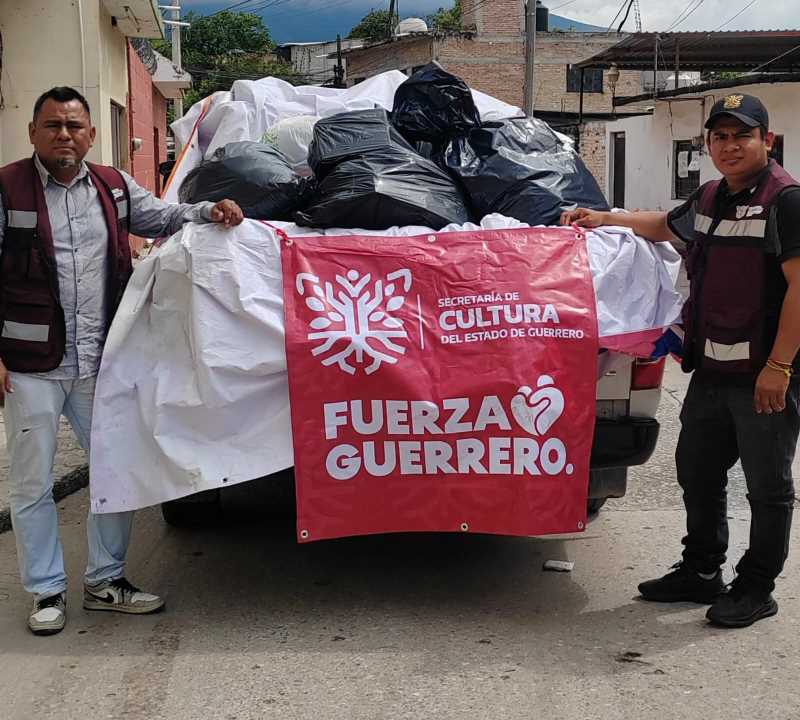Thousands Isolated as Roads Crumble in Wake of Hurricane John
Hurricane John has caused severe damage in Guerrero, Mexico, isolating thousands in the Sierra de Guerrero region. Roads, bridges, and infrastructure have been destroyed, leading to shortages of food, water, and essential services.

In the aftermath of Hurricane John, a humanitarian disaster is unfolding across the Sierra de Guerrero, where more than 10,000 people are isolated, cut off from basic services, food, and drinking water. The destruction of critical infrastructure — including roads, bridges, and water supply systems — has left entire communities stranded as they grapple with the devastation wrought by nearly two weeks of torrential rains.
The situation is particularly dire in the Greater Edge of the Sierra, a rugged region of the Mexican state of Guerrero. Here, the collapse of essential roadways has severed access to over 100 communities, spanning municipalities such as Heliodoro Castillo, Leonardo Bravo, Atoyac de Álvarez, and San Miguel Totolapan. These villages are among the hardest hit by the disaster, with residents increasingly desperate for relief that, as of October 5, has yet to arrive.




